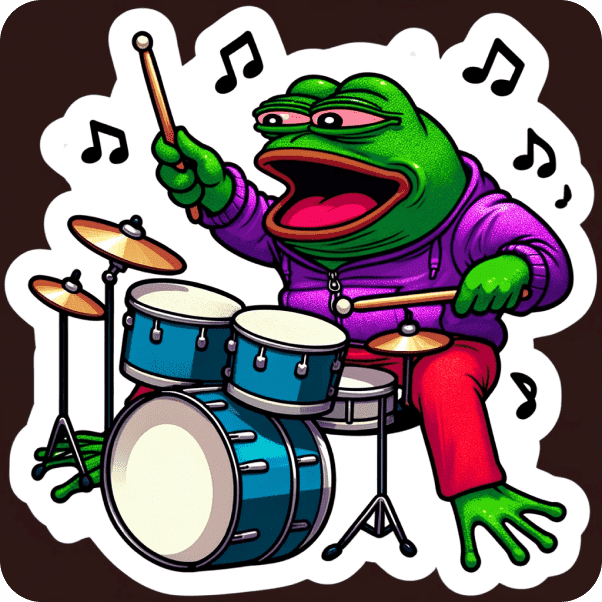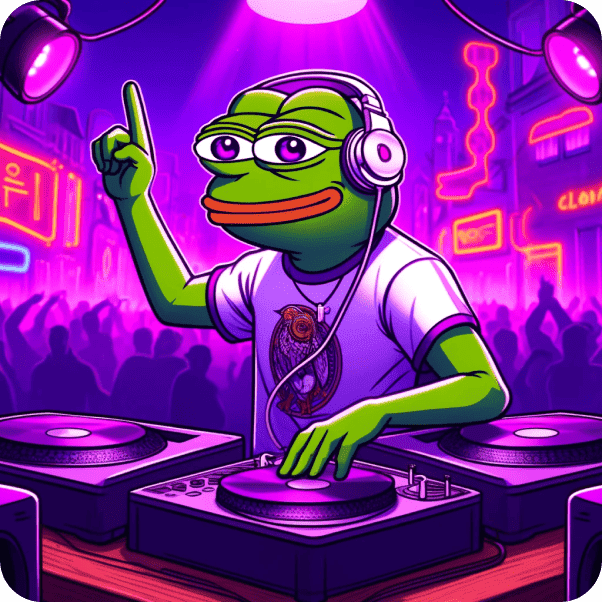In a period where electronic communication transcends traditional limits, sound has appeared as a substantial participant in the landscape of net culture. The increase of viral music trends—clips of Sound Of Meme, music, and spoken phrases—has transformed the way consumers engage with material online. This phenomenon, frequently encapsulated in the definition of meme, reflects the developing character of connection and term in the electronic age.

Viral music movies function as more than enjoyable snippets; they are social touchstones that resonate with a diverse audience. Platforms focused on short-form content have increased this development, allowing users to generally share and remix sounds with unprecedented ease. From important jingles to famous movie quotes, these music memes encapsulate laughter, nostalgia, and relatability, fostering a sense of neighborhood among users.
One of the very most notable facets of viral audio developments is their capability to surpass linguistic barriers. A catchy melody or an contagious catchphrase can be generally recognized, letting customers from different skills to activate with the same content. This democratization of sound fosters an original type of connection, where individuals can reveal experiences and thoughts via a common auditory language.
Furthermore, the virality of those sound tendencies usually handles on the adaptability. Consumers usually take a common sound and remix it to suit various contexts, therefore offering rise to new understandings and meanings. This fluidity enables builders expressing their individuality while participating in a broader national conversation. The change of music videos in to meme models enables a playful exploration of personality and creativity, more solidifying their invest modern net culture.
The affect of the trends runs beyond social networking programs; they infiltrate marketing, amusement, and even politics. Models leverage viral audio for connecting with younger readers, establishing identifiable sounds to their campaigns to improve relatability. This method not just captures interest but in addition reinforces brand identification in a packed digital marketplace.

Furthermore, the position of sound in memes has encouraged scholars and cultural experts to examine their significance in shaping societal narratives. The way we connect to audio memes reflects broader shifts in interaction, showing a collective yearning for discussed activities and understanding. As users interact with these sounds, they be involved in a discussion that transcends personal phrase, causing a larger cultural tapestry.
In conclusion, the viral audio trends shaping net lifestyle certainly are a testament to the ability of noise as a communicative tool. By transcending language barriers, fostering imagination, and influencing numerous industries, these music memes not merely entertain but in addition reveal the complexities of modern individual interaction. Even as we steer that ever-evolving electronic landscape, the sound of meme continues to resonate, leaving an indelible mark on our combined consciousness.
